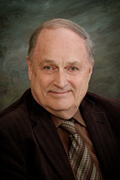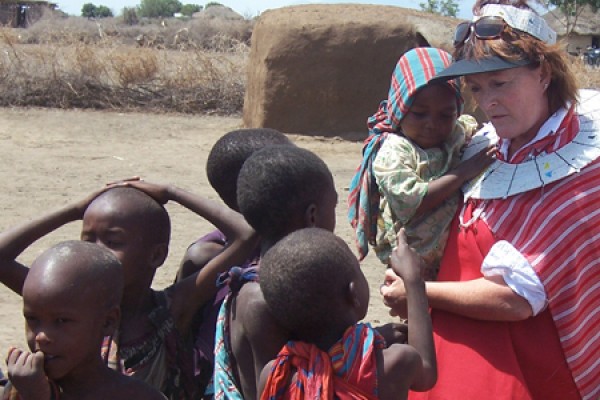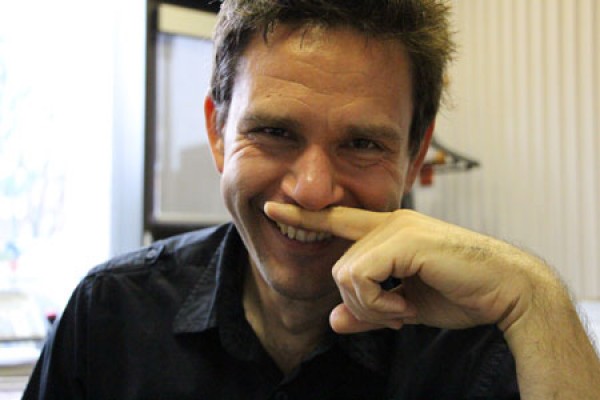Many poor areas of the world have a critical need of clean water. At a free public lecture at Science City on Wednesday evening, December 19, geology professor Frank Simpson will discuss his decades-long dedication and research into meeting such need.
 Frank Simpson. |










